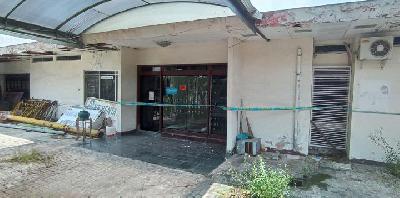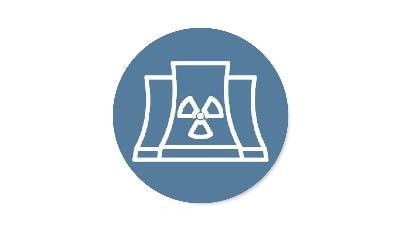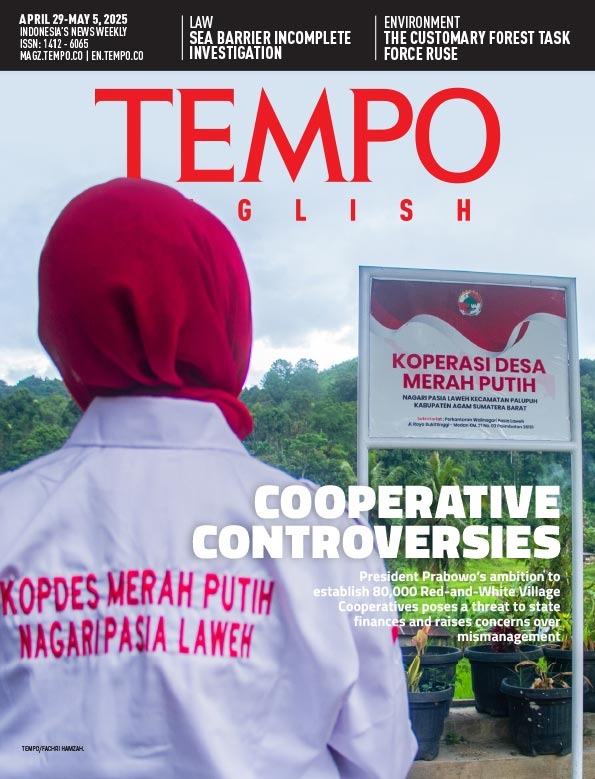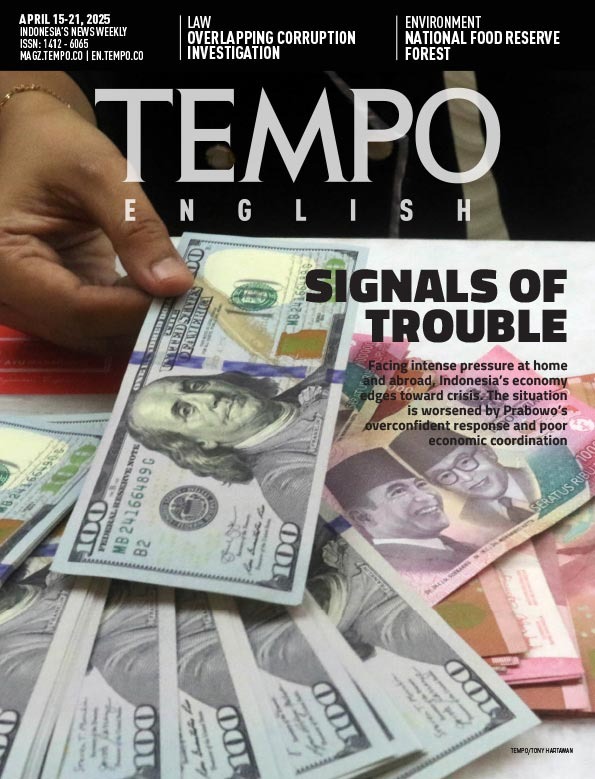The New Energy Map Riddles
Monday, February 1, 2021
The National Energy Council plans to revise the National Energy General Plan. Relevant parties are hoping the amendment would not change the new and renewable energy development targets.
arsip tempo : 174621149249.
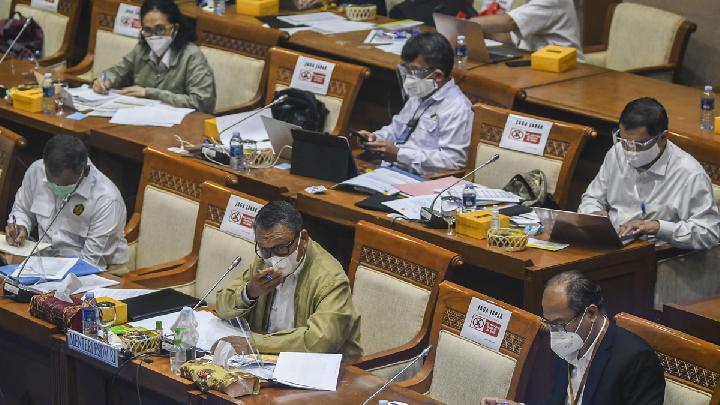
AFTER their inaugurations on Friday morning, January 8, members of the National Energy Council (DEN) from the stakeholders element immediately held their first meeting. With a number of issues discussed, the meeting eventually came to a point of the plan to evaluate the energy mix target set in the National Energy General Plan (RUEN). “In the afternoon, we immediately held a discussion with the executive director (Energy and Mineral Resourc
...
Subscribe to continue reading.
We craft news with stories.
 For the benefits of subscribing to Digital Tempo, See More
For the benefits of subscribing to Digital Tempo, See More




